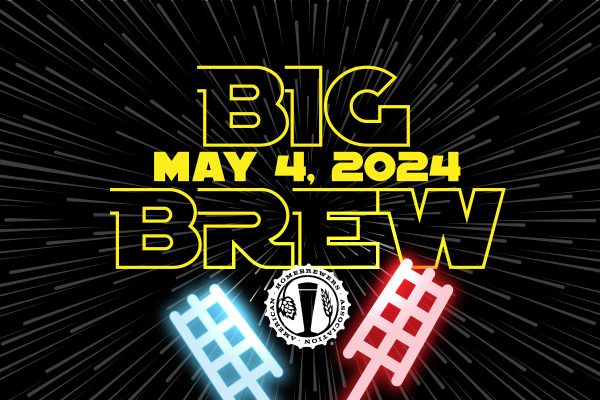
Test yourself on beer color in this week’s Tuesday Beer Trivia.
As we all know, beers can come in quite the array of colors. Several factors affect the color of your finished product, and there are several ways to measure it. Learn some history on estimating beer color in this week’s quiz.
After you take the Beer Trivia quiz below, scroll down to “Beer Trivia Answer Explanations” section to learn more about beer color.
[polldaddy type=”iframe” survey=”592D1F68EFA93758″ height=”auto” domain=”2491351″ id=”beer-trivia-example-28″]
Beer Trivia Answer Explanations
Click To Expand
The following explanations were taken from “What Color is Your Beer?” by Tom Schmidlin in the May/June 2007 issue of Zymurgy and “Beer Color” written by Brand Smith on the BeerSmith Homebrewing Blog.
Question 1: Standard Reference Method. For example, a sample of beer is placed in a 0.5-inch square container called a cuvette, and the absorbance of the beer is measured with a light beam of 430 nanometers’ wavelength, which is in the violet region of the spectrum. The absorbance is then multiplied by 10 to get the SRM.
Question 2: For decades, beer was compared to colored glass standards to determine the Lovibond color, and we still use the term “degrees Lovibond” extensively today to describe the color of grains.
Question 3: A spectrophotometer is a device for measuring the intensity of light in part of the spectrum.
Question 4: The European Brewing Convention (EBC) is measured at the same wavelength but in a smaller 1-centimeter cuvette. In practice, the EBC color is approximately 1.97 times the SRM color. (EBC = 1.97 × SRM)
Question 5: False. MCU stands for Malt Color Units. A good formula for estimating beer color is: MCU = (weight of grain in pounds) × (color of grain in degrees Lovibond) ÷ (volume in gallons)



Share Post